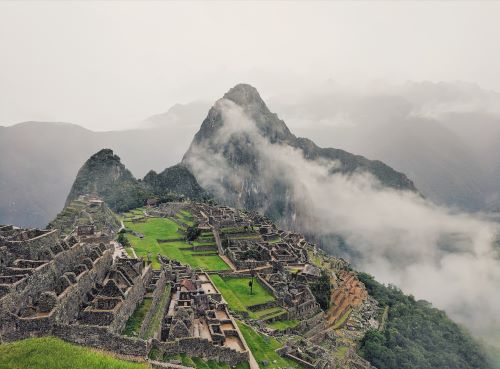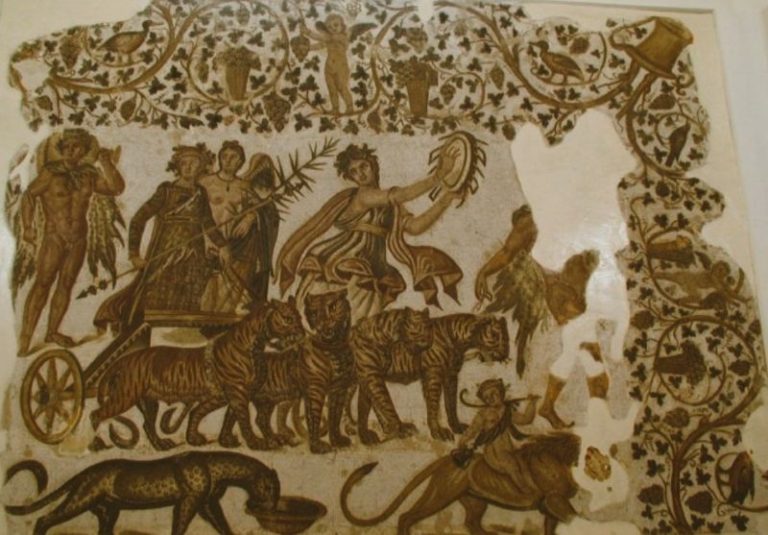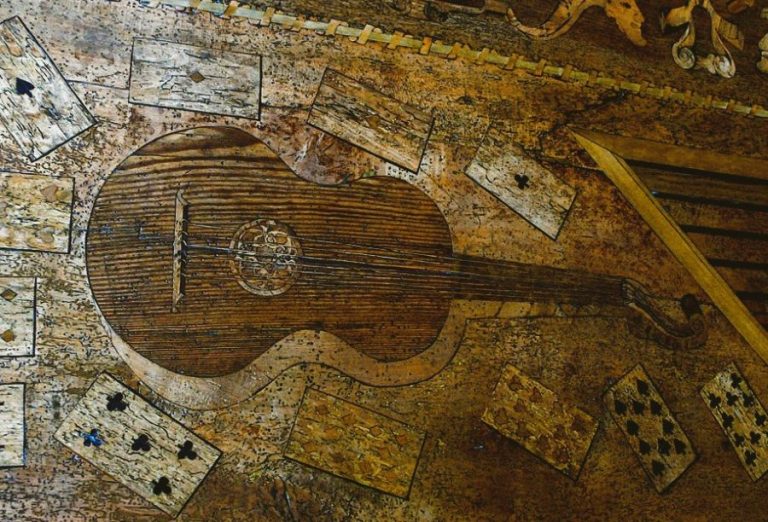

In the annals of history, one civilization stands out for its remarkable understanding of the cosmos—the mighty Incas. From the 13th until the 16th century, the Andean Inca civilization thrived. They established the largest pre-Columbian empire in the Americas, known as the Inca Empire or Tawantinsuyu. Peru, Ecuador, Bolivia, Colombia, Chile, and Argentina were home to the civilization in the Andes Mountains.
The Incas excelled in construction, engineering, agriculture, and astronomy. They developed sophisticated societal systems and created awe-inspiring cities such as Machu Picchu, Cusco, and Sacsayhuaman, which still captivates visitors today. It was believed that their mastery of astronomy allowed them to create a harmonious relationship between the earthly realm and the celestial spheres. They deciphered the night sky using naked-eye observations, carefully designed structures, and elaborate calendars.
Andean Influence and Connection with the Pop Culture
From clothes to cuisine, the Andeans have shaped popular culture. The Andean culture is a blend of ancestral traditions with contemporary influences, just as the popular Slingo at Paddy Power is a fusion of traditional bingo and modern slots.
While Slingo itself may not have direct ties to the Andean people, we can draw parallels between the game’s way of integrating chance and strategy and how the Andean people have seamlessly integrated their ancient customs into the fabric of modern culture.
Their vibrant textiles have inspired designers around the globe. Quinoa, often referred to as a “superfood” due to its exceptional nutritional profile, originated in the Andean region of South America. It has become a favorite ingredient in healthy dishes, giving rise to several quinoa recipes around the world.
The traditional instruments used in Andean music showcase the region’s rich musical heritage. The panpipes, known as “zampoñas” or “sikus,” produce haunting melodies that evoke a sense of nostalgia. The charango, a small stringed instrument made from an armadillo shell, adds a distinctive twang to the music. The bombo drum provides the rhythmic heartbeat that drives the melodies forward.
Modern Andean artists blend traditional instruments with modern ones, such as guitars, keyboards, and drums, creating unique blends of sounds that appeal to a broader audience.
Aligning with the Cosmos: Inca Temples and Observatories
The Incas had a deep reverence for the cosmos and believed in the interconnectedness of the celestial and earthly realms. They constructed magnificent temples and observatories that were meticulously aligned with astronomical events. These structures served both ceremonial and practical purposes, allowing the Incas to observe celestial phenomena, track time, and establish their calendars.
Machu Picchu, a UNESCO World Heritage Site and architectural wonder, is a prime example. It is seen as a sacred sanctuary, an astronomical observatory, and a ceremonial center. Its precise alignment with the solstices and equinoxes showcases the Incas’ sophisticated understanding of astronomy. The Inti Raymi Festival: Celebrating the Sun god

The Incas worshipped various deities, and among them, Inti, the sun god, as believed, held great significance. The Inti Raymi, or Festival of the Sun, was a grand celebration held during the winter solstice, marking the shortest day of the year in the Southern Hemisphere. This vibrant festival paid tribute to Inti and was a time of gratitude for the sun’s “life-giving energy.”
During the Inti Raymi, elaborate rituals and processions took place, showcasing the Incas’ deep connection to both the sun and the stars. It was a joyous occasion filled with music, dances, colorful costumes, and offerings to honor the celestial forces that they believed sustained their agricultural success.
Inca Calendars: Tracking Time and Seasons
The Incas developed sophisticated calendrical systems to regulate their agricultural activities and navigate the cyclical nature of the seasons. Their calendars were based on precise astronomical observations, including the movements of the sun, moon, and stars. By tracking these celestial bodies, the Incas could predict the timing of planting, harvesting, and other essential activities.
One of the notable Inca calendars was the Qhapaq Ñan, which aligned with the sun’s solstices and equinoxes. The Incas believed that it helped them establish a harmonious relationship with nature, ensuring the abundance of crops and the well-being of their society.
The Conclusion
No doubt, the historical account of how the Incas used astronomy unveils a captivating world where ancient civilizations embraced the wonders of the celestial realm. Their mastery of astronomy, exhibited through the alignment of temples, observatories, and intricate calendars, showcases their profound understanding of the cosmos. Even though the Incas are often portrayed in movies, television shows, and literature as mystical or even exaggerated for entertainment purposes, it’s important to separate fact from fiction and recognize the rich historical legacy they left behind.


